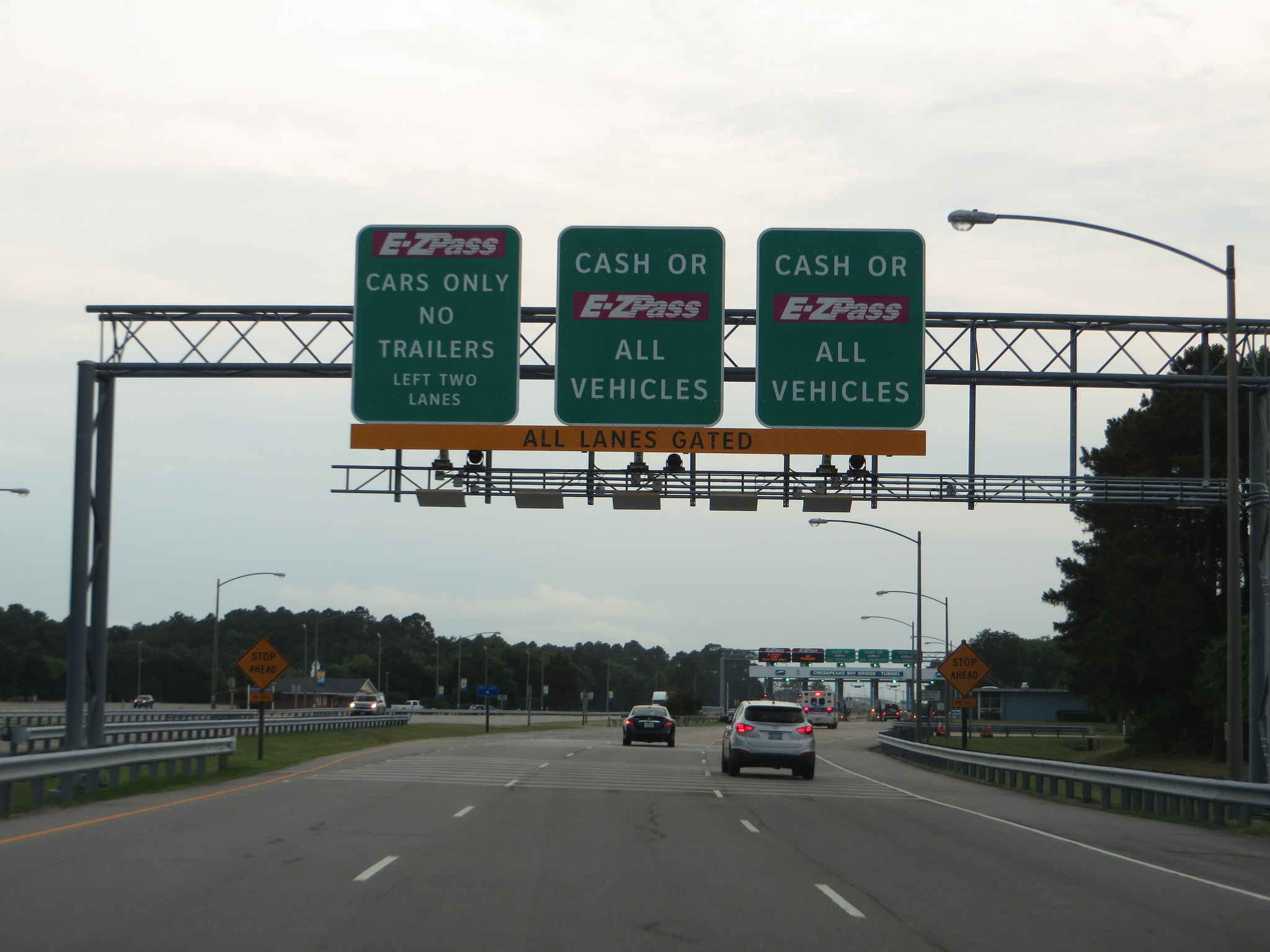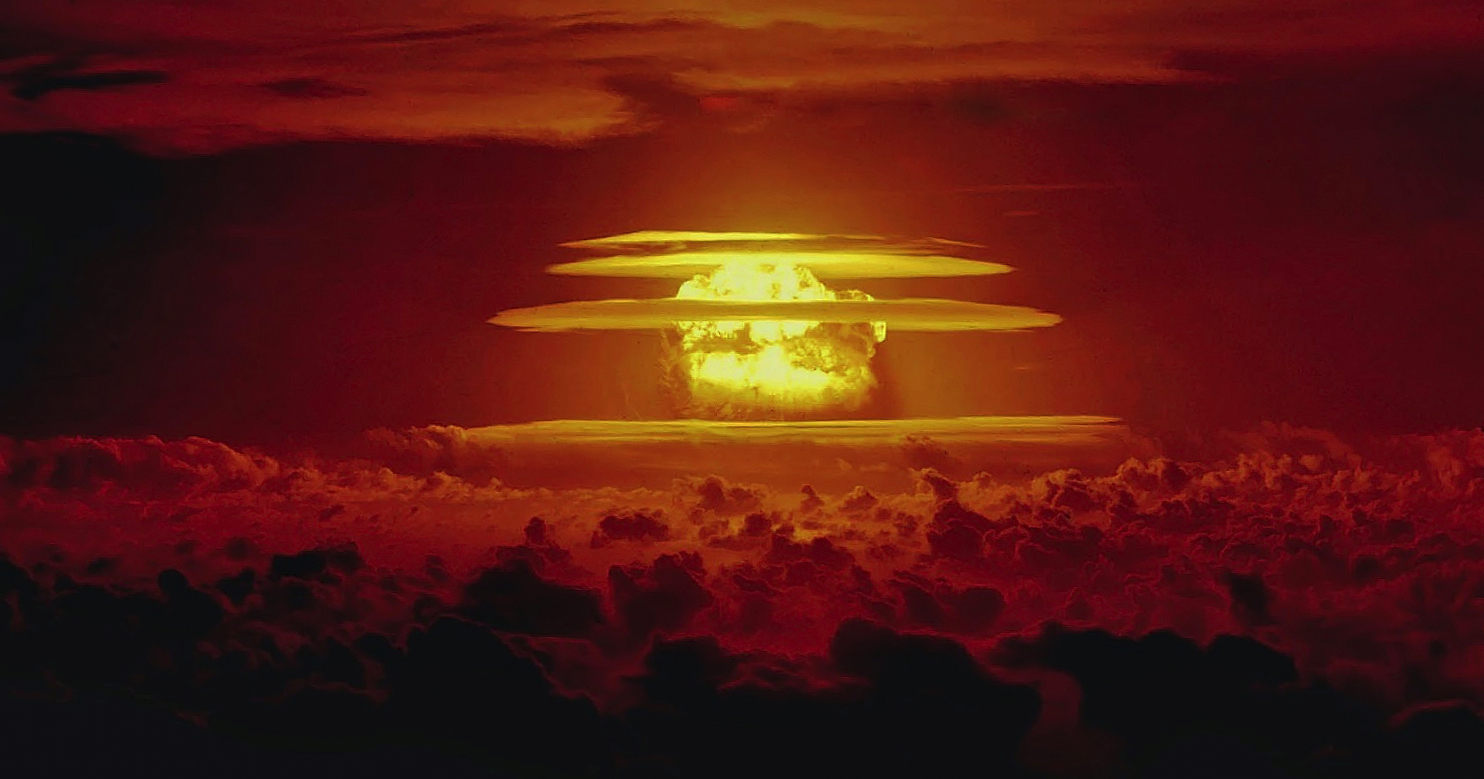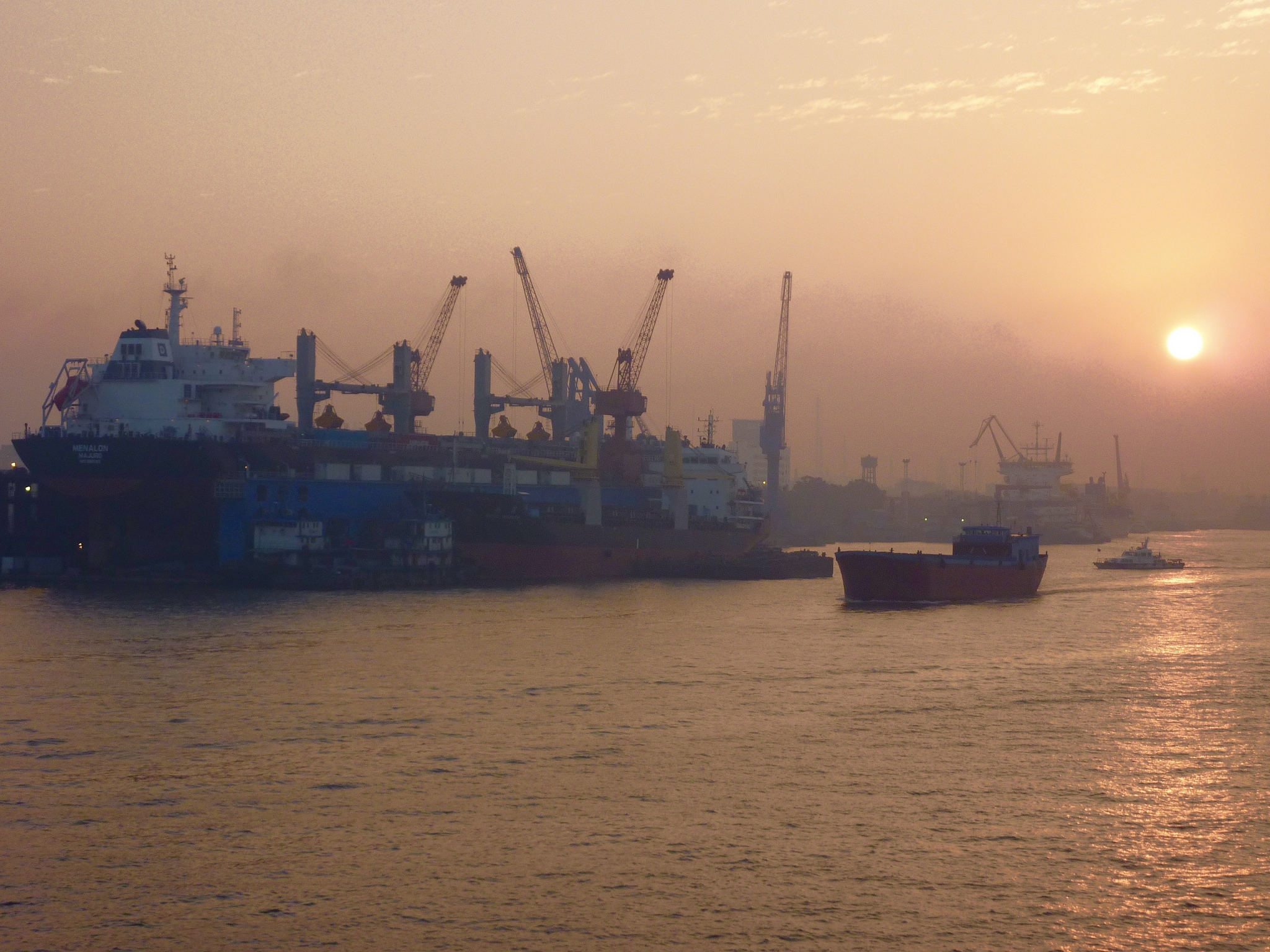After tolls in early April hit $46 on the I-66 Capital Beltway, frustrating and emptying the pockets of drivers, there may be changes coming soon to lower rush hour prices for Northern Virginia drivers. The changes to the pricing algorithm could lower the tolls outside of the peak times and on certain days of the week, but will not immediately change prices at the height of morning rush hour in Washington.
The most expensive toll prices have continuously been on the eastbound I-66 between 8:30 a.m. and 9:15 a.m., according to a report from WTOP. Naturally, as more and more cars get onto the Beltway, the price goes up, resulting in thousands of people paying $40 or more for an eastbound morning trip over the length of the corridor.
Last week, Governor Ralph Northam opined on the situation on an “Ask the Governor” show. While he said that, “[we] feel that the project is working as it should,” changes to the pricing mechanism will be changed to better serve drivers.
“I think there are always tweaks that can be made…and we’re monitoring the tolls, monitoring the times, and if there are things that we think we can do to improve it, we surely will,” he said.
After “tweaks” have been promised ever since the new algorithm system went live on December 4 of last year, they are set to rollout very soon Virginia Deputy Transportation Secretary Nick Donohue says. Yet, the high prices of April 5 may still become a factor some drivers have to deal with.
“Not every day of the week is the same, nor is each hour of the four-hour period the same,” Donohue said.
The algorithm change is not expected to be permanent. Further adjustments will be based on the impact of traffic during peak times and the general reaction from the prices. Meanwhile, the new plans also involve implementing target travel speeds, alternative routes, and promoting more drivers to carpool.
Donohue explained, “This is not a ‘you do one thing and you’re done,’ this is going to be an incremental thing over time.”
Rumor has it that a lower target speed of 50 mph will be pushed to change traffic patterns, at least at the times where patterns have shown the risk is lower of a quickly-building backup that would be difficult to recover from during the rush-hour period. Analysts claim that a lower speed would permit more cars to enter the lanes before tolls rise as sharply.
State transportation leaders have been promising to consider changes to the algorithm for months, but have asked time again for information to evaluate more consistent traffic patterns of February, March and April as opposed to the holiday-influenced traffic patterns of December and January.
According to the report, average toll rates paid in February were $8.71 eastbound in the morning and $4.51 westbound in the afternoon. The morning tolls have been higher than the afternoon tolls due to a more compressed rush hour and the delays caused by the Dulles Connector Road merge.
Nevertheless, approximately 44 percent of vehicles are passing through the I-66 tolls free-of-charge during the peak hours with a minimum of two people in the car and an E-Z Pass Flex flipped to HOV mode. Also, for drivers who wish to ride to work solo, motorcycles are not subject to the high prices.






